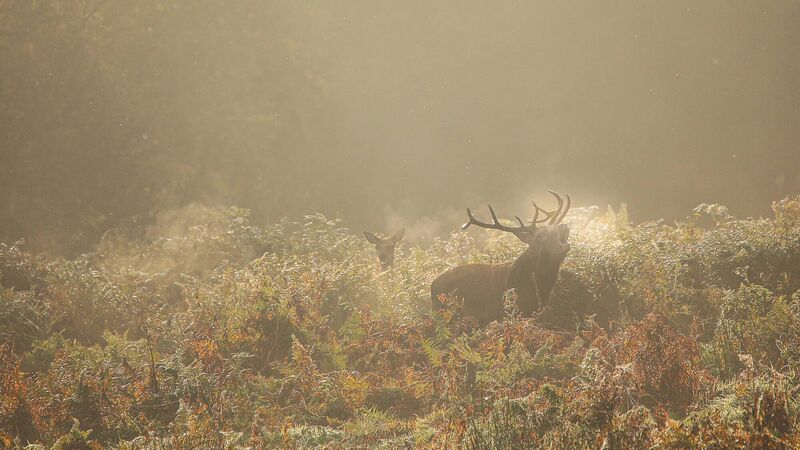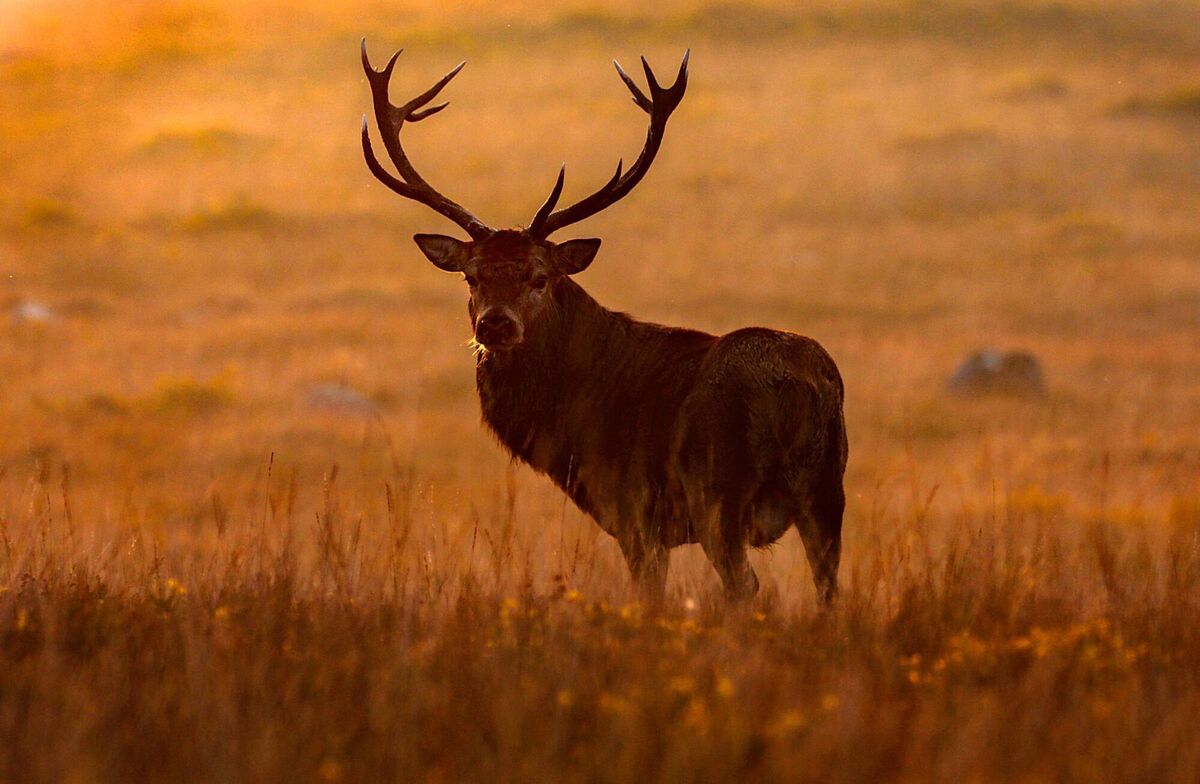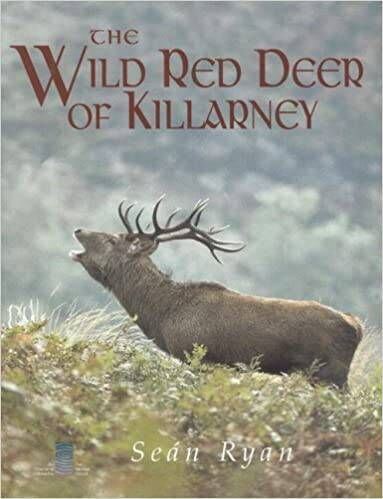Donal Hickey: Keep your distance from strong stags as the annual rut gets underway

Morning light in Killarney National Park as a native Red Stag, searches for his hinds during the annual rutting season. Picture: Valerie O'Sullivan


Try from €1.50 / week
SUBSCRIBEIt’s the time of year when deer become more active and more visible. The unmistakable roar of stags echoing through the hillsides tells us that the annual rut, or mating season, is well underway.
One of the finest sights in nature is of a wild, red stag in peak condition, trotting imperiously along sloping ground, fighting off rivals and rounding up harems of hinds. A case of ensuring the species continues to the next generation.
We don’t exactly know how many deer are in the country because a national count has not been carried out. But the national deer population is increasing and deer are now seen in unusual places, including front gardens.
More and more people — not all regular nature-watchers, by any means — come out each autumn to see normally elusive deer at close quarters. The other day in Killarney National Park, which has a population of around 1,000 deer, we saw many people getting close with long-lensed cameras. They are generally rewarded with fine photographs.

Deer societies conduct walks through popular viewing areas and crowds enjoying the spectacle seem to grow with each passing year.
You think of the Scottish image of ‘monarch of the glen’ in which a stag, standing on higher ground, raises his head and roars with his mouth wide open, while surveying the surrounding countryside and letting females know he’s ready for mating.
On a still day, the wild roar can carry for miles and you’ll invariably hear it before you see the stag in question.
In summer, stags move around in bachelor groups with no signs of conflict among them. By now, however, they have broken up and are travelling separately in search of mates: a case of every stag for himself.
Of course, the biggest and strongest stags win out and are prepared to fight with weaker challengers in defence of harems they have gathered. Sometimes, you’ll hear a clash of antlers and, occasionally, stags can be killed in fights.
Cork-based naturalist, Sean Ryan, who studied deer behaviour for decades, says about a quarter of rutting stags sustain some injury during the mating period, including broken antlers, facial wounds, lame forelegs, as well as cuts to the eyes, nose and ears.

In his book, The Wild Red Deer of Killarney, Ryan warns people to keep their distance from stags in defensive mood during the rut. “Mature stags are aggressive and deceptively swift in their movements. In my experience, none is to be trusted from now on,” he writes.
Not only are stags immensely strong, with sharp, pointed antlers, their normal inclination to flee from people is now suppressed. Be careful out there.

Try unlimited access from only €1.50 a week
Already a subscriber? Sign in
CONNECT WITH US TODAY
Be the first to know the latest news and updates
Newsletter
Sign up to the best reads of the week from irishexaminer.com selected just for you.
Newsletter
Music, film art, culture, books and more from Munster and beyond.......curated weekly by the Irish Examiner Arts Editor.
© Examiner Echo Group Limited